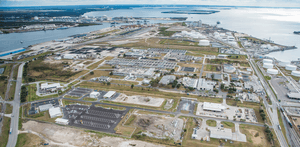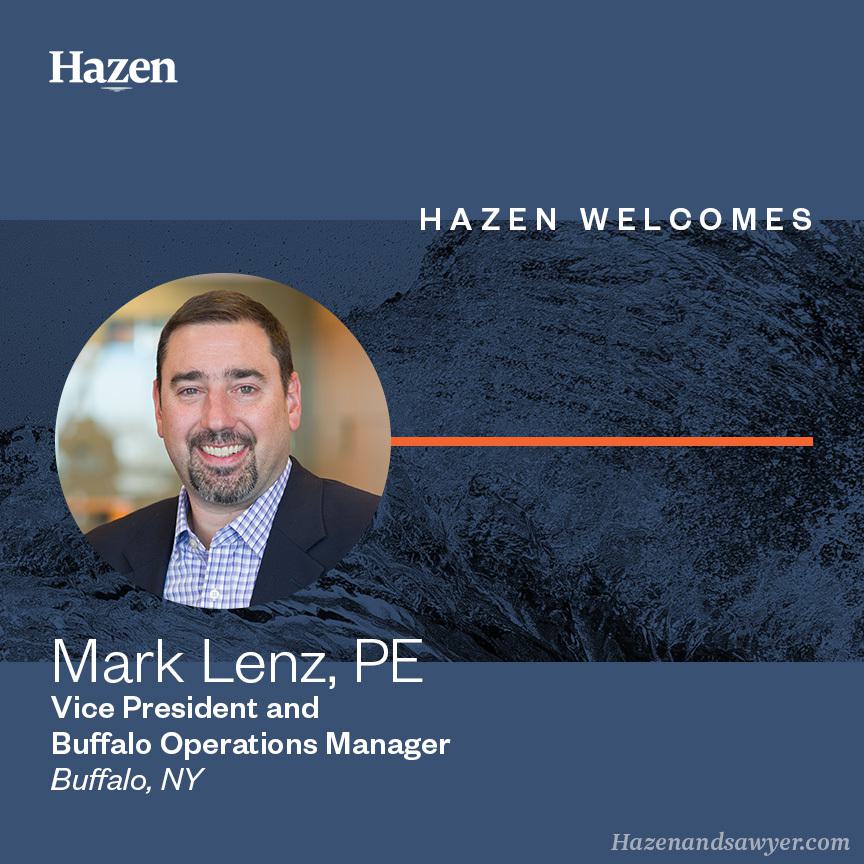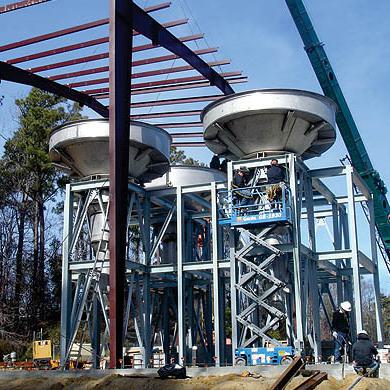Selecting an Advanced Anaerobic Digestion Configuration and Biogas Management Strategy
Last Modified Feb 09, 2023
The City of Tampa (City) owns and operates the Howard F. Curren Advanced Wastewater Treatment Plant (HFCAWTP). The HFCAWTP is currently permitted for 96 million gallons per day (MGD) average annual daily flow (AADF) and operates with an AADF of approximately 60 MGD. Liquid treatment includes primary clarification followed by a high-rate activated sludge process. Solids processing consists of secondary sludge thickening, conventional mesophilic anaerobic digestion, belt filter press dewatering, and rotary drum drying facilities.
The rotary drum drying facility has not been operated since 2010 due to higher operational costs associated with production of a Class AA pelletized biosolids as compared to either Class B dewatered cake land application or dewatered cake landfill disposal. Biogas can fuel boilers for digester heating with excess gas flared; or can be routed to a combined heat and power (CHP) system for electrical power generation and digester heating through engine heat recovery.
Related Topics:
Since much of the facility’s infrastructure is reaching the end of its service life, the City has programmed comprehensive renewal/replacement upgrades. To that end, the City has commissioned a phased master plan to assess plant condition and performance, identify and evaluate enhanced treatment options, develop conceptual designs of recommended upgrades, and prioritize implementation.
Smaller Digesters 1 through 4 were constructed in the 1950s; Digester 5 was constructed in the 1970s; and larger Digesters 6 and 7 were constructed in the 1980s. Structural analysis of the oldest digesters indicate that those concrete tanks can be re-used in planned upgrades. A mechanical equipment condition assessment concluded that most digester covers; all pumping, mixing, heating and gas handling equipment should be replaced.
Several advanced digestion options were considered in the masterplan development process to enhance solids mass reduction and improve biogas production for energy recovery. Digestion options identified and evaluated were:
- Upgraded conventional mesophilic anaerobic digestion (MAD)
- Conversion to temperature-phased anaerobic digestion (TPAD)
- Conversion to acid-gas mesophilic digestion (AGM)
- Addition of thermal hydrolysis pretreatment to upgraded MAD (THP+MAD)

Learn more about our work at the Howard F. Curren Advanced WWTP.
Biogas recovery and utilization options included:
- Direct digester heating by hot water boilers and heat exchangers with flaring of excess gas
- Replacement of the aged combined heat and power (CHP) system including heat recovery to produce electrical energy and capture thermal energy
- Use as renewable natural gas (RNG) to replace the compressed natural gas (CNG) currently purchased for the City’s solids waste and bus vehicle fleets.
Digestion and biogas recovery options were evaluated for two liquids process scenarios: (1) optimize the existing high-rate activated sludge process (low solids retention time (SRT), greater sludge production, higher volatile content and higher gas yield); or (2) convert to a parallel MLE process (higher SRT, lower sludge production, lower volatile content and lower gas yield).
A whole-plant GPS-X model was developed and calibrated through historical and special sampling data to predict treatment performance and sludge production rates for each liquids processing option, as well as to predict performance and biogas production from the upgraded mesophilic anaerobic digestion option. Due to limitations in GPS-X modeling of advanced digestion, ranges of enhanced volatile solids reduction (VSR) and biogas production for TPAD, AGMM and THP+MAD options were projected based on industry experience for these processes. Life-cycle costs were then developed for all combinations of liquids, digestion and biogas recovery options.
For digestion, conversion to AGMM results in the lowest life-cycle cost, primarily because the existing smaller Digesters 1 and 2 can be repurposed as acid phase reactors to avoid the need for new tanks while increasing biogas for energy recovery; TPAD and THP+MAD options also improve biogas production, but would require significant additional capital infrastructure resulting in reduce economic attractiveness.
For biogas recovery, cost benefits from energy production make CHP and RNG options more financially attractive than the base option of digester heating and flaring excess biogas.
This paper will summarize the results of process and economic evaluations for the full matrix of alternatives investigated for liquid treatment, anaerobic digester process configurations, and biogas utilization approaches. Significant findings based on the broad operating context will be shared with discussion about how different operating contexts could influence results for other facilities.











